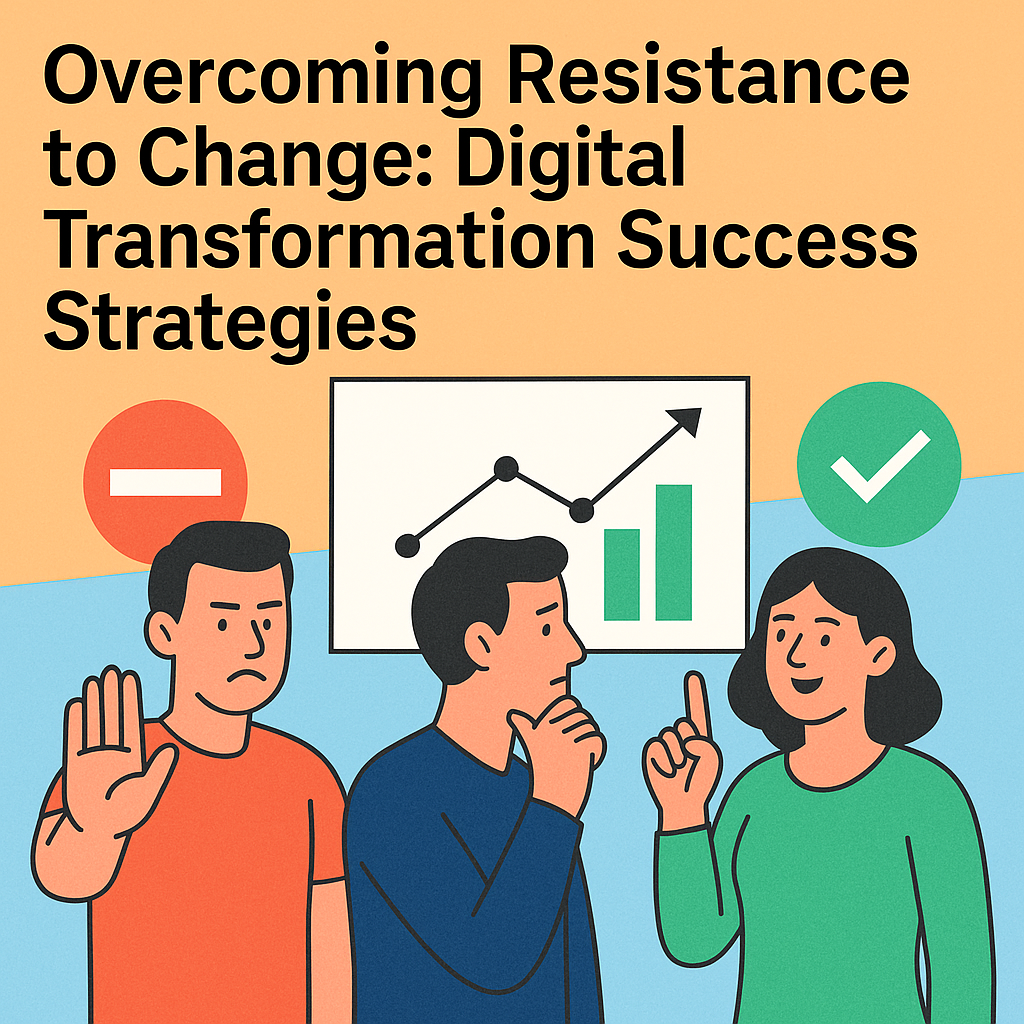Feeling on the fence about investing in custom business software, or a bit overwhelmed at the thought of an app? You are most definitely not alone! As custom app developers one of the questions we’re most often asked is what are the benefits, and why choose custom build over off the shelf.
Off the Shelf
Off the shelf solutions are the norm. In this day and age there’s an app for everything and they’re what you’ve always worked with. Most likely they’re what your closest competitors are using too.
But in today’s landscape, maybe doing what you’ve always done isn’t the most effective approach. The way we operate now is a lot different to how we operated just a few years ago so it seems fair to say that in this new environment we can’t expect the same approach to drive the same results as they once did.
One size fits all solutions are rarely perfect either. How can they be? We’re all different and all have varying needs. It’s not possible for a single product to align itself perfectly with every user. In most cases a product doesn’t quite tick all the boxes leaving it coming up short, or it ticks too many boxes making it overly complex.
Research suggests that the average brand uses up to 15 different marketing technologies. 15! Why? Because they can’t find a single tool that does it all. So perhaps custom app development never really made much sense for you before. But now? It could be just what your business needs to thrive in today’s economy.
Real Benefits of Custom Software
It’s not surprising to learn that 65% of executives feel frustrated with workplace tech. Quite simply, off-the-shelf solutions don’t align with different ways of working so how can developing custom apps and software change this?
● Boost productivity
How efficiently are your employees able to work using existing processes? Are they struggling to meet deadlines because of time consuming manual tasks? Are they having to pull data from multiple sources, and check multiple systems? Custom apps can automate repetitive and mundane tasks, streamline processes, and boost overall business efficiency, empowering your staff to work smarter and increase satisfaction.
● Minimise errors
Off-the-shelf software can be powerful but it wasn’t made specifically for your business. Standard solutions are unlikely to ever meet 100% of your needs, which means there’s always going to be some aspect of your business that is still running on a different system, or which you’re still managing manually. Keeping tabs on so many varying elements leaves you open to a high risk of error. Increasingly cyber security is an issue too; the more systems you use the more vulnerable you are to being effected by supplier issues.
● Create better employee experiences
As you probably already know, employee turnover rates are at an all-time high. The‘ Great Resignation’ is happening and now more than ever business leaders must ensure they’re providing positive experiences for their staff. A significant part of that is ensuring employees have the tools they need to carry out their tasks with confidence. Custom apps can be designed exactly to your requirements meaning that you can rest assured that your teams needs are being heard and catered for.
● Gain a competitive advantage
Custom apps are your opportunity to build software that goes further than off the shelf solutions allow. Software that does more enables you to achieve significantly more than the standard solutions used by your competitors. It’s your chance to use your industry insight to get one step ahead by developing systems that truly make your business different.
● Build your reputation
When custom software is designed and developed from the ground up, you can ensure you’re building it in such a way that it supports you in supporting your customers. Armed with the right tools your business can remain responsive to customer needs and deliver exceptional customer experiences. With great experiences comes a great reputation, helping you strengthen your brand.
● Approach the future with confidence
As app developers we’re seeing first hand just how quickly the business landscape is shifting. The future is already here, and it’s crucial that you’re able to adapt in real time to maintain your position in the market. A study by Deloitte found that more than 50% of today’s customers are demanding some form of customisation, and the majority of businesses are ‘developing capabilities to not only understand the needs of individual buyers, but actually deliver it’. A major issue many businesses will face is that the off-the-shelf solutions that work for them today won’t work for them tomorrow. At YOPLA we build apps that can be as agile and fast moving as you are, putting you at the forefront of tech in your industry and keeping you future ready.
Now is the time to really start thinking about custom app development. Whether your company is established or a start-up, big or small, we’re here to build you an app to really make a difference!

.jpeg)






